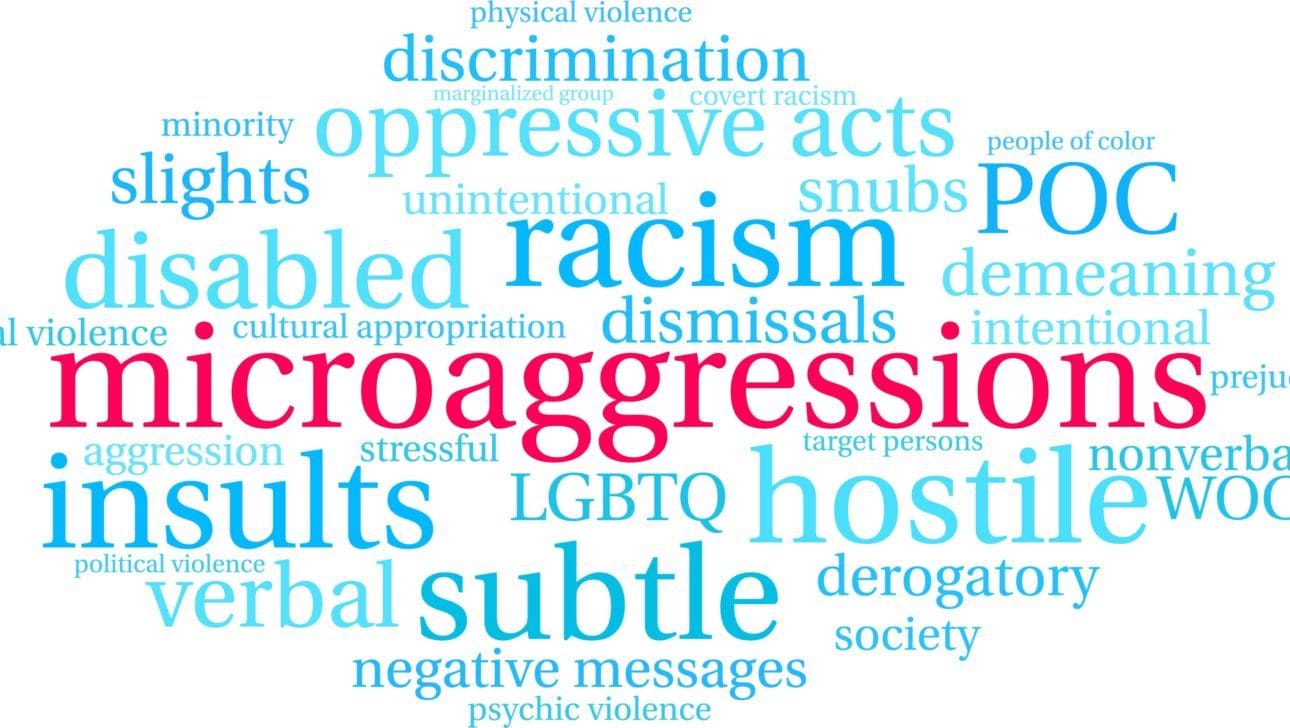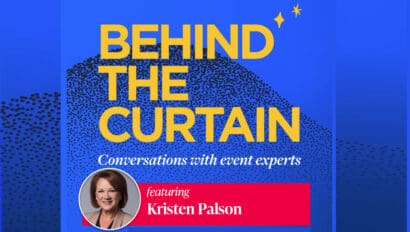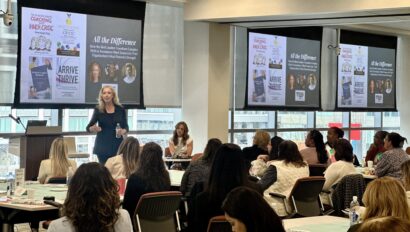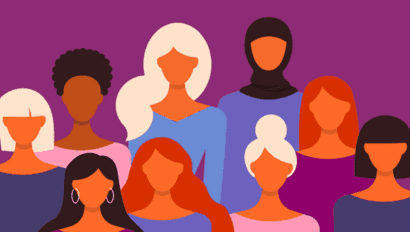Research & Insights
Unpacking “Microaggression” – It’s About Impact, Not Intent

“I wonder where the line is between stupid/thoughtless comments and actions and actual microAGGRESSIONS where the intent is to hurt/put down?”
This question came in a recent email from someone I know well. They have an impressive track record of diverse hiring and are well-known as a supportive and open-minded manager who cares deeply about the development of their team. Knowing that they have a sincere desire to understand got me thinking about how to define and explain this often-used term.
Microaggressions don’t have to be intentional
The first thing to know is that the term microaggression isn’t used only for intentional hurt. In How to be an Antiracist, Ibram X. Kendi* notes that psychologist Derald Wing Sue defines microaggressions as “brief, everyday exchanges that send denigrating messages to certain individuals because of their group membership.” So microaggressions can be unintentional and/or unconscious, like crossing the street when you see a group of Asian teenagers coming towards you. It could even be well-intentioned, like telling a BIPOC person that you “don’t see color” or that they are “very articulate.”
Microaggressions are in the eye of the beholder
As a result, the key to knowing if something is a microaggression is looking at impact rather than intent. If someone experiences something I’ve done as a microaggression, my role is to understand my impact, apologize for the harm, however unintentional, and do my best not to make that mistake again.
Aligning intention with impact
Looking at it from a broader perspective, I’m not immune to making “stupid/thoughtless comments” in any context. Inspired by our Institute CEO, Susan Brady, I’m on a lifelong journey to align my intention with my impact. When I fail for any reason, I apologize and try to do better in the future.
Failing is part of learning
As someone who tries hard to have a positive impact, learning that I’ve failed can be painful. But I’m grateful for the people who are willing to take the risk of telling me when I’ve had a negative impact on them. And I’ll admit that I’m not immune to the occasional knee jerk reaction of thinking the person is overreacting or making a mountain out of a molehill. If I catch myself thinking that way, I remind myself that I’m only seeing this one interaction. I may be that last drop of water that causes the cup to overflow.
The journey continues
I shared these thoughts in my return email, along with my appreciation for their willingness to be vulnerable and ask this question. I hope that by doing so I’ve opened the door to an ongoing conversation that will allow us to continue to learn from each other and, as a result, to be more inclusive leaders.
If *you* want to learn more, here are some additional inclusive leadership resources to check out:
Being “Color Blind:” Doesn’t Make You Not Racist-In Fact, It Can Mean the Opposite
Why saying “I don’t see race at all” just makes racism worse
Dear anti-racist allies: Here’s how to respond to microaggressions
The Work of the Inclusive Leader
*Kendi goes on to write: “I do not use “microaggression” anymore…A persistent daily low hum of racist abuse is not minor…What other people call racial microaggressions I call racist abuse.”




